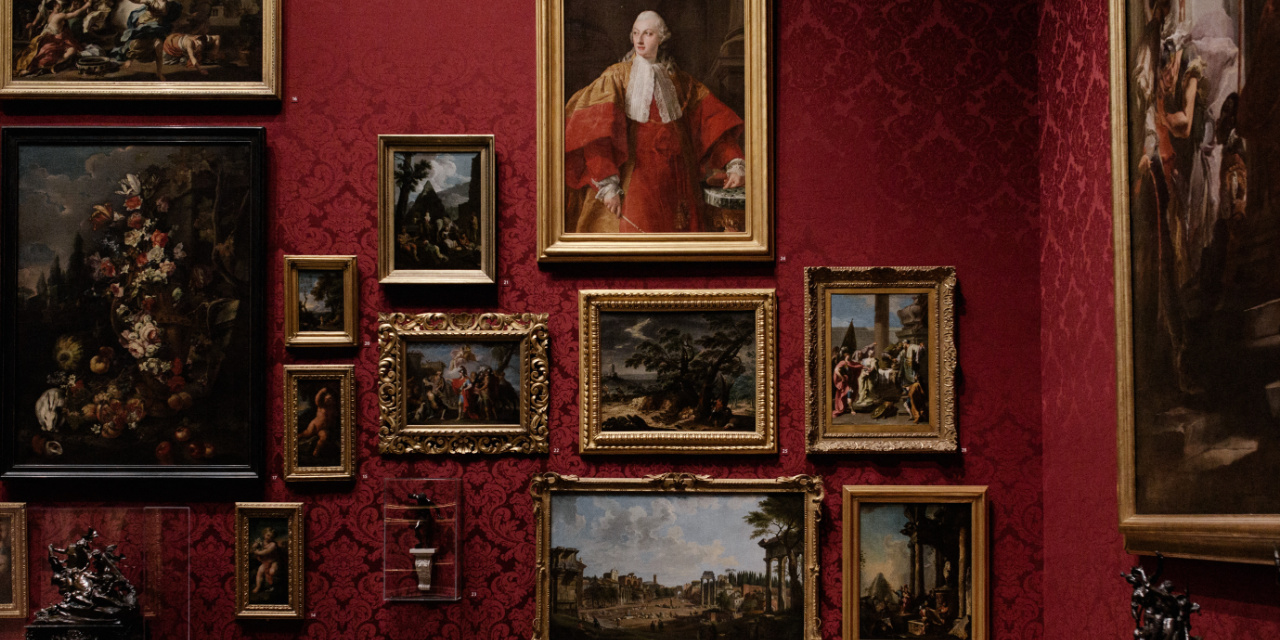Imagery for Laravel
 , (*1)
, (*1)






 , (*2)
, (*2)
NOTE: Still under initial development, not yet functional. Initial release
will be available in the next week or so. Stay tuned. :), (*3)
Goal
Provide developers a simplified solution to serving dynamic and optimized images,
regardless if the user uploaded unoptimized images. This is particularly
important for blogs and CMS'., (*4)
Reasoning
There are some online third-party services out there that can handle this. But
what do you do if you don't want the extra expense or complexity, or are
serving sensitive images in an intranet setting that cannot be trusted to 3rd-
party vendors? This package aims to fill that gap, and more-over, improve user
experience in your application by loading assets faster, and at the right sizes., (*5)
Installation
-
Pull in the package:, (*6)
composer require genealabs/imagery
-
Register the service provider in \config\app.php:, (*7)
GeneaLabs\LaravelImagery\Providers\LaravelImageryService::class,
-
Publish the assets:, (*8)
php artisan imagery:publish --assets
Configuration
Settings
Annotations to be added..., (*9)
<?php
return [
'storage-folder' => 'imagery-cache/',
'size-presets' => [
'thumbnail' => 150,
'extra-small' => 480,
'small' => 768,
'medium' => 992,
'large' => 1200,
]
];
Queue
It is recommended to set up an async queue driver to process image generation.
See https://laravel.com/docs/5.4/queues for more details. Items will be
dispatched onto a separate queue called imagery., (*10)
Usage
Blade
@imageryImg
Outputs an <img src="..." width="..." height="..."> tag., (*11)
@imageryPicture
Outputs a multi-resolution, responsive <picture> tag., (*12)
Options
alwaysPreserveAspectRatio
type: bool, default: true
Allow distortion of images if set to false., (*13)
doNotCreateDerivativeImages
type: bool, default: false
Prevent Laravel Imagery from automatically creating preset image sizes. This
should normally be left on, unless specifically not needed., (*14)
overrideScreenConstraint
type: bool, default: false
Allows overriding of constraining image to screen dimensions., (*15)
screenConstraintMethod
type: string, options: 'contain|cover', default: contain.
Determine how screen sizing constraints work. Just like the CSS background-size
properties. cover will try to size the image to fill the boundaries of the size
provided (or if not provided, use the screen size), while contain will size
the image to fit within those bounds., (*16)
Planned Features
- Detects visitor's screen dimensions and optimizes the image for it.
- Your images don't have to be in a public folder to be served, imagery creates
derivative images in its own public folder.
- Further optimizes derivative images through lossless compression (using async
queue so as not to hold things up).
 Wallogit.com
Wallogit.com





